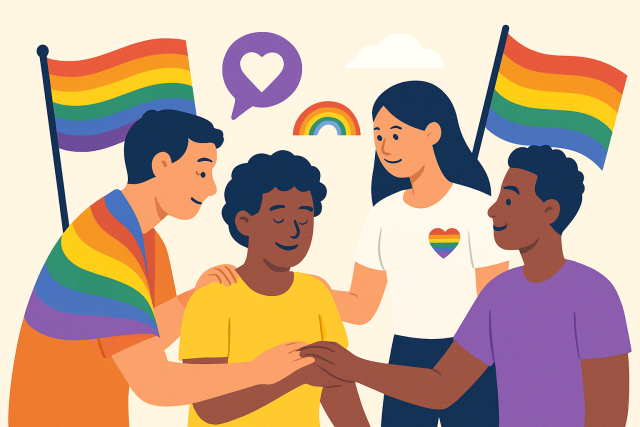
What Is Homophobia and How It Shows in Everyday Life
Homophobia affects many aspects of social life and is rooted in fear and misunderstanding. This arti...
Hair pulling disorder also known as trichotillomania can be quite puzzling since it involves repeatedly tugging out hair without meaning to or trying to fix one's appearance. This article dives into what hair pulling disorder really is and sheds light on why it happens. It also takes a closer look at how it impacts people's lives.
Hair pulling disorder medically called trichotillomania is a tricky mental health condition where someone cannot shake the persistent and uncontrollable urge to pull out their hair. It’s not your everyday bad habit. This compulsion often leads to visible bald spots and noticeably thinning hair.
It’s helpful to tell hair pulling disorder apart from the everyday hair twisting or grooming habits we all sometimes fall into. This condition is usually viewed as a mental health challenge, frequently tied to anxiety and compulsive behaviors.
Hair pulling disorder seems to stem from a perfect storm—a blend of genetics and brain chemistry combined with emotional stress and learned behaviors all playing their part.
Many individuals dealing with hair pulling disorder often find themselves caught in a rising tide of tension or anxiety just before they start pulling their hair. The act might offer a brief moment of relief or calm like a quick getaway but that feeling slips away fast leaving a mix of guilt, shame or frustration.
People dealing with hair pulling disorder often find themselves stuck in a familiar loop. They feel a growing urge, then pull their hair which offers a fleeting sense of relief.
People often zero in on certain hairs that feel 'just right' to pull, typically from usual spots like the scalp, eyebrows or eyelashes. It’s a comfort habit and a way to wrestle with uneasy feelings when words fall short.
"Hair pulling often feels like a deeply personal battle—a powerful urge that might bring a quick moment of relief but almost always leaves behind a lingering cloud of regret and pain."
Hair pulling disorder usually messes with more than just appearances. It can seriously chip away at someone's self-esteem and often pushes them to pull back from social gatherings or dodge activities where others might spot the hair loss.
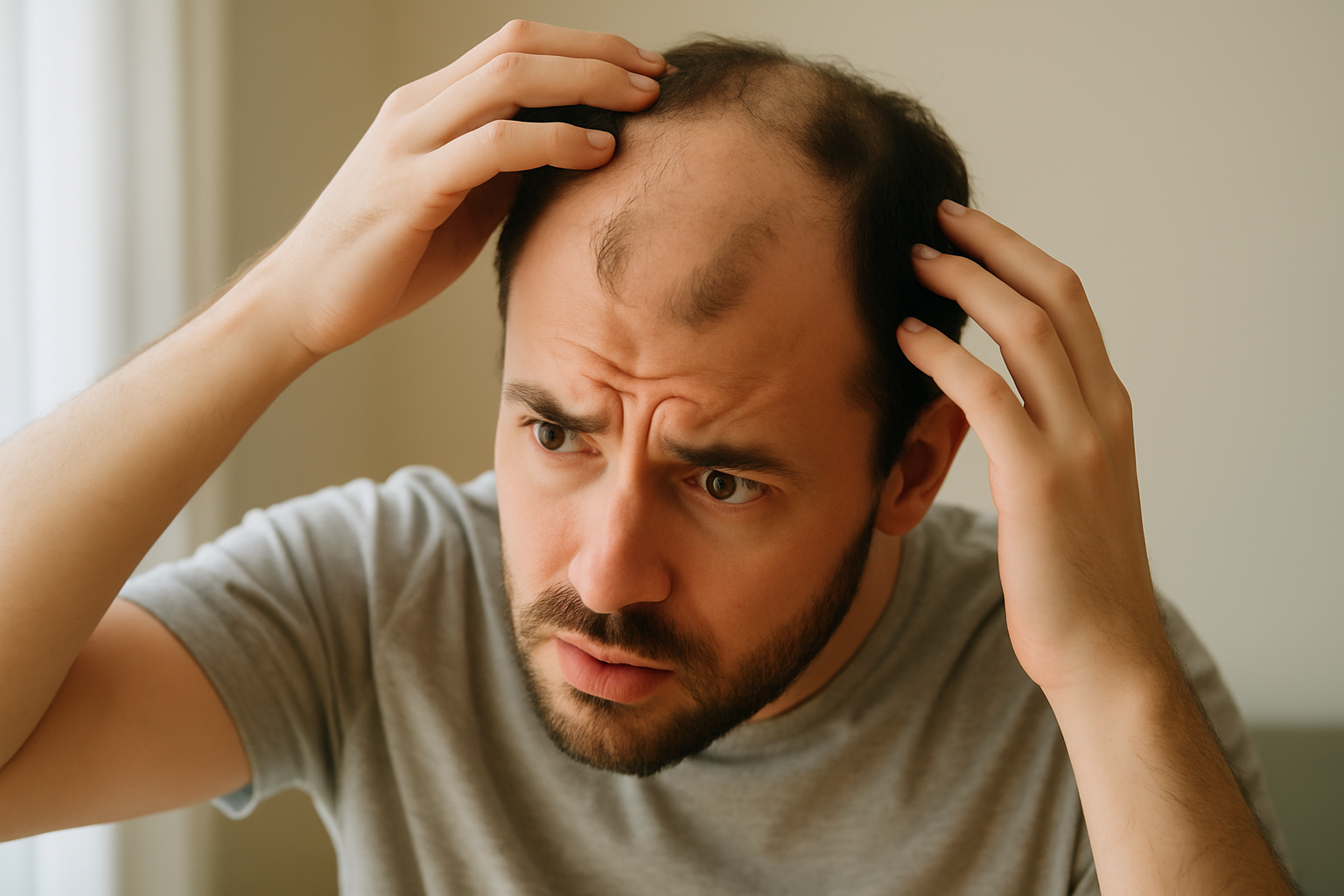
There are quite a few effective treatments for hair pulling disorder, most of which center around behavioral therapies. These approaches help people spot their pulling habits and find healthier, more manageable ways to deal with those pesky urges.
Habit Reversal Training helps people tune into those exact moments and triggers that light up their urges. Once they get the hang of that, they learn to swap out the behavior for something a bit less harmful—like clenching their fists or giving a stress ball a good squeeze—which thankfully breaks the pull cycle.
Managing hair pulling often comes down to creating a nurturing and supportive environment around yourself. Little things like keeping your hands busy or turning to sensory tools can surprisingly make a real difference. Unwinding with relaxation techniques and sticking to comforting routines also helps. Self-help books, apps and online resources are great go-to’s, especially when you need a little extra between therapy sessions.
Hair pulling disorder is often mistaken for nothing more than a bad habit or a sign of weak willpower. Some people jump to the conclusion that it’s just laziness or that those affected can simply quit whenever they feel like it.
Scientific research shows that hair pulling disorder is tied to differences in how the brain works and struggles with managing emotions. It also involves compulsive behaviors that can feel completely out of a person's hands at times.
Sometimes, we all hit that point where going it alone just does not cut it anymore. Knowing the right moment to ask for a helping hand—and how to do it—can make all the difference. Whether you’re feeling overwhelmed or simply stuck in a rut, reaching out is a sign of strength, not weakness. Let us break down the when and how with a bit of practical wisdom and a sprinkle of encouragement.
Seeking professional help becomes important once hair pulling disrupts daily life or causes emotional turmoil or physical harm.
Mental health professionals who specialize in OCD, anxiety disorders, or hair pulling disorder along with psychiatrists can provide a diagnosis and tailor treatment plans that fit you like a glove. The assessment usually involves chatting through symptoms and pinpointing triggers while digging into your medical history.

Homophobia affects many aspects of social life and is rooted in fear and misunderstanding. This arti...
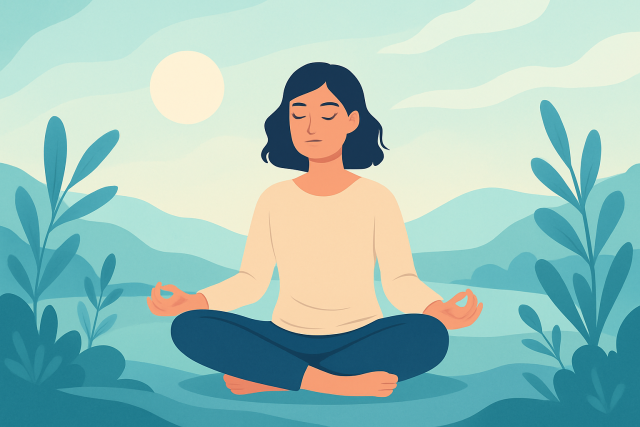
Clinical anxiety goes beyond normal worry, impacting daily life with persistent fear and tension. Th...
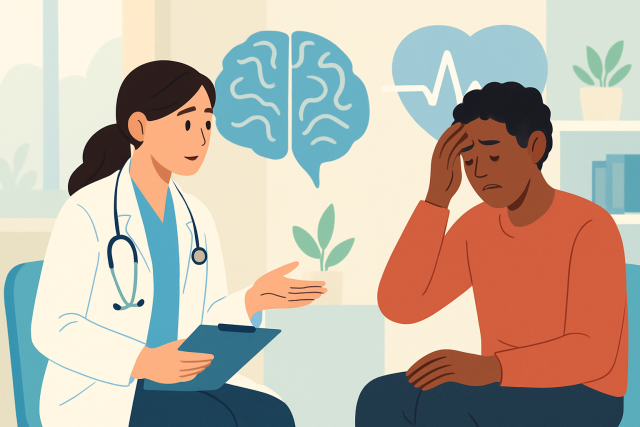
Explore a complete guide to differential diagnosis for anxiety, uncovering conditions behind symptom...
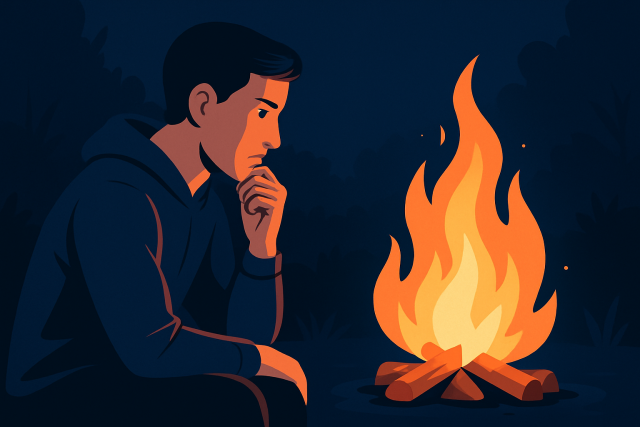
Obsession with fire can be a perplexing and risky behavior. Learn what it means, why it happens, and...